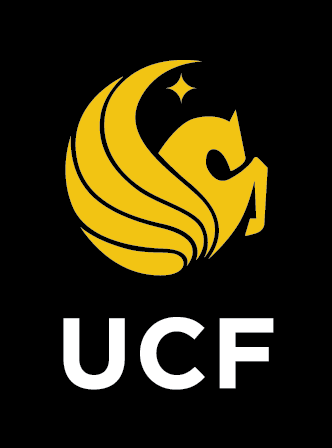|
Montclair State University
Course Title: Elementary Spanish I
Redesign Coordinator: Edwin M. Lamboy
Status: This project originated as part of NCAT's FIPSE-funded Roadmap to Redesign (R2R) program, 2003 – 2006. Due to a variety of factors, this project was not completed. The project plan serves as a good example of how to think about redesigning a large-enrollment course.
Project Plan:
Montclair State University plans to redesign Elementary Spanish I, an introductory language course in which over 700 students enroll each year. The course is designed for students who have never had experience with the Spanish language or who have less than two years of high school instruction in Spanish. Along with Elementary Spanish II, it is, by far, the most popular foreign language course offered at the university. Consequently, this course experiences large enrollments and is generally over-enrolled.
Elementary Spanish I faces three major academic problems. First, the course meets only two days a week for two 75-minute periods or once a week for 150 minutes rather than three days a week. More material must be covered in each session and students have less on-task time to use the language creatively. Furthermore, since most in-class time is used by faculty to explain grammar and vocabulary—limiting student opportunities to develop their communicative skills--the competency level of the students has decreased. Second, due to budgetary constraints, the course enrollment cap was raised from 25 to 30 students, which significantly limits the time professors can devote to monitoring and evaluating each student's expressive skills. Third, professors spend a considerable amount of out-of-class time preparing supplementary materials as well as grading quizzes, compositions, homework assignments, and workbook exercises.
The redesigned course will follow the Replacement Model: classes will meet two days a week for fifty minutes. These two sessions will be primarily devoted to communicative "real-life" tasks and cultural awareness and will be supplemented with a fifty-minute online session. In the online sessions, students will study the grammatical and lexical information necessary to perform in class; practice and enhance their listening, speaking and reading skills; and concentrate on the more mechanical aspects of language acquisition through homework assignments, online workbook exercises, and other web-based materials. Students will have the option of working in a language laboratory lab, with personal assistance available at different times during the day, or from work or home, wherever is more convenient for them.
The redesign will enhance quality in two ways. First, by focusing on skill-based practice outside the classroom, students will use most class time for communicative interactions with peers and putting into practice their oral skills. Second, while working with the online materials, students will have access to immediate feedback; these materials will be self-corrected, will explain to students the nature of the error, and will provide further explanations. In addition, trained staff working in the language laboratory will be available to assist students. Students will be able to take advantage of every possible teachable moment and to work at their own pace.
The university will assess the impact of the redesign on learning by comparing student performance in both traditional and redesigned sections based on midterm and final grades, oral exam grades, and pre and post-test scores on BYU's Spanish Placement Test (WEB-CAPE). The team will also administer student questionnaires and conduct oral interviews with a sample of students from both versions of the course.
The redesign will produce cost savings by reducing the number of full-time faculty members by about one fourth. Labor costs will also decrease as a result of adjunct faculty, senior students or graduate assistants assuming teaching responsibility for multiple sections in the language laboratory. The anticipated cost-per-student will be reduced from $387 to $265. The university will be able to save approximately $89,000 annually, which will be utilized to teach other sections of this course if necessary and to serve students of Spanish at all levels, thus responding to the continued enrollment growth at Montclair State.
|
